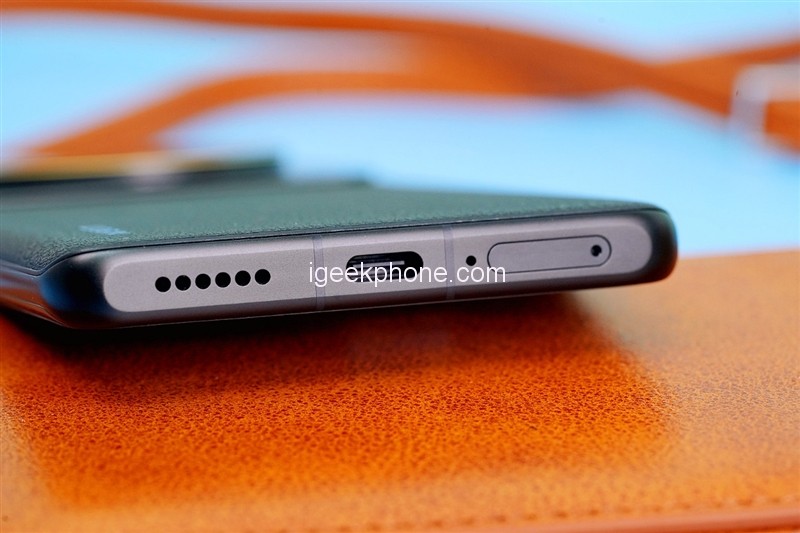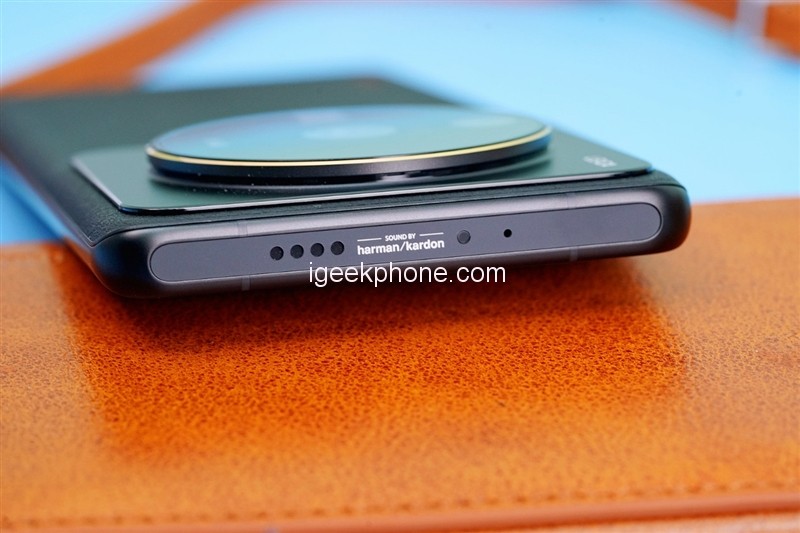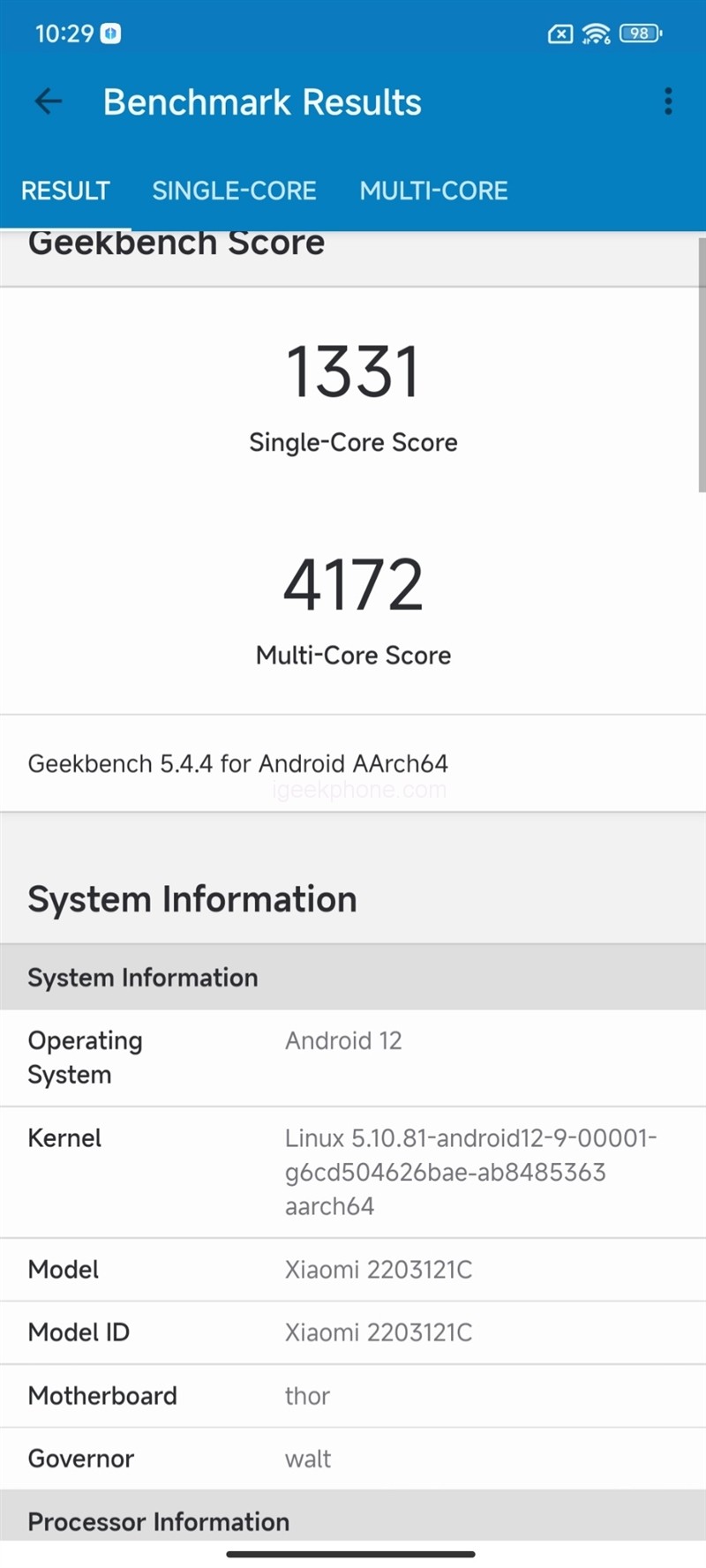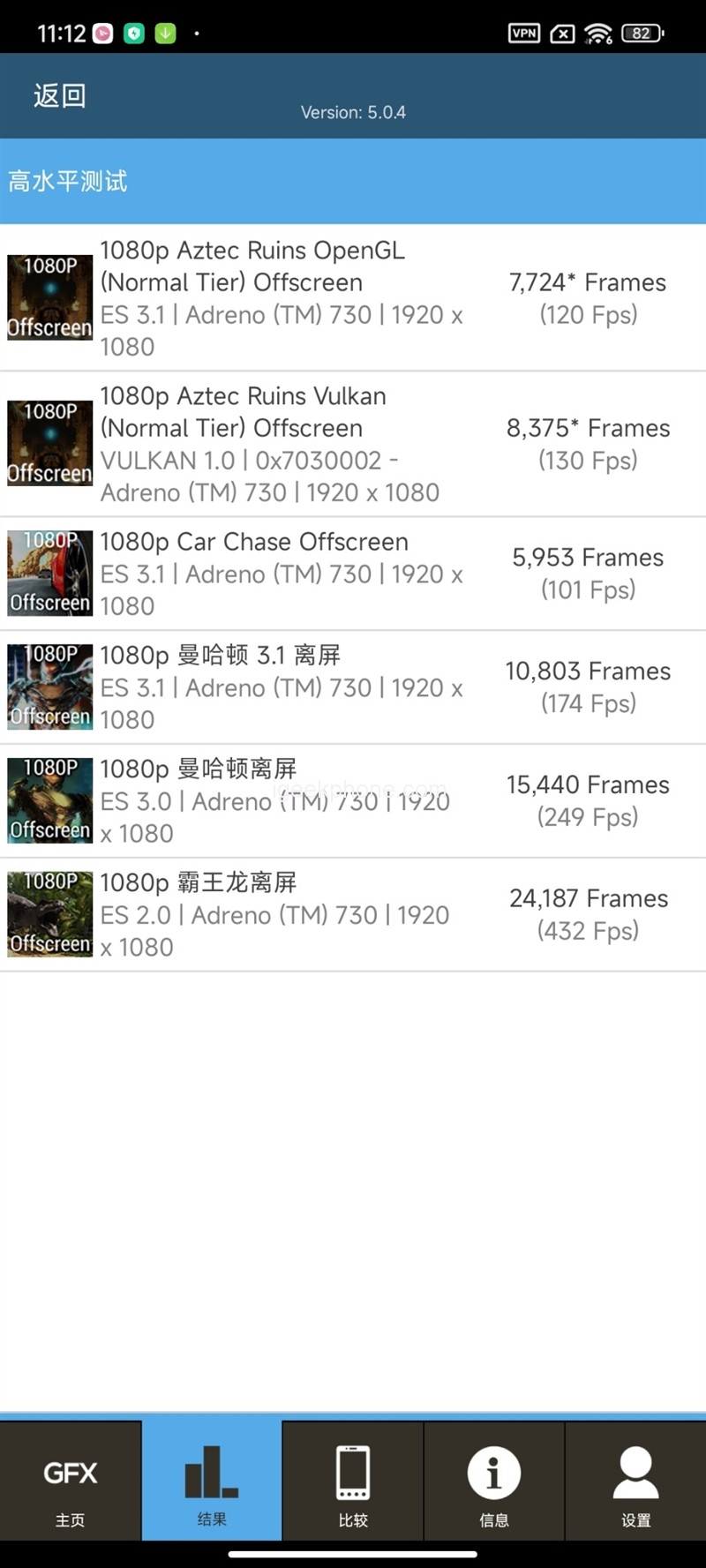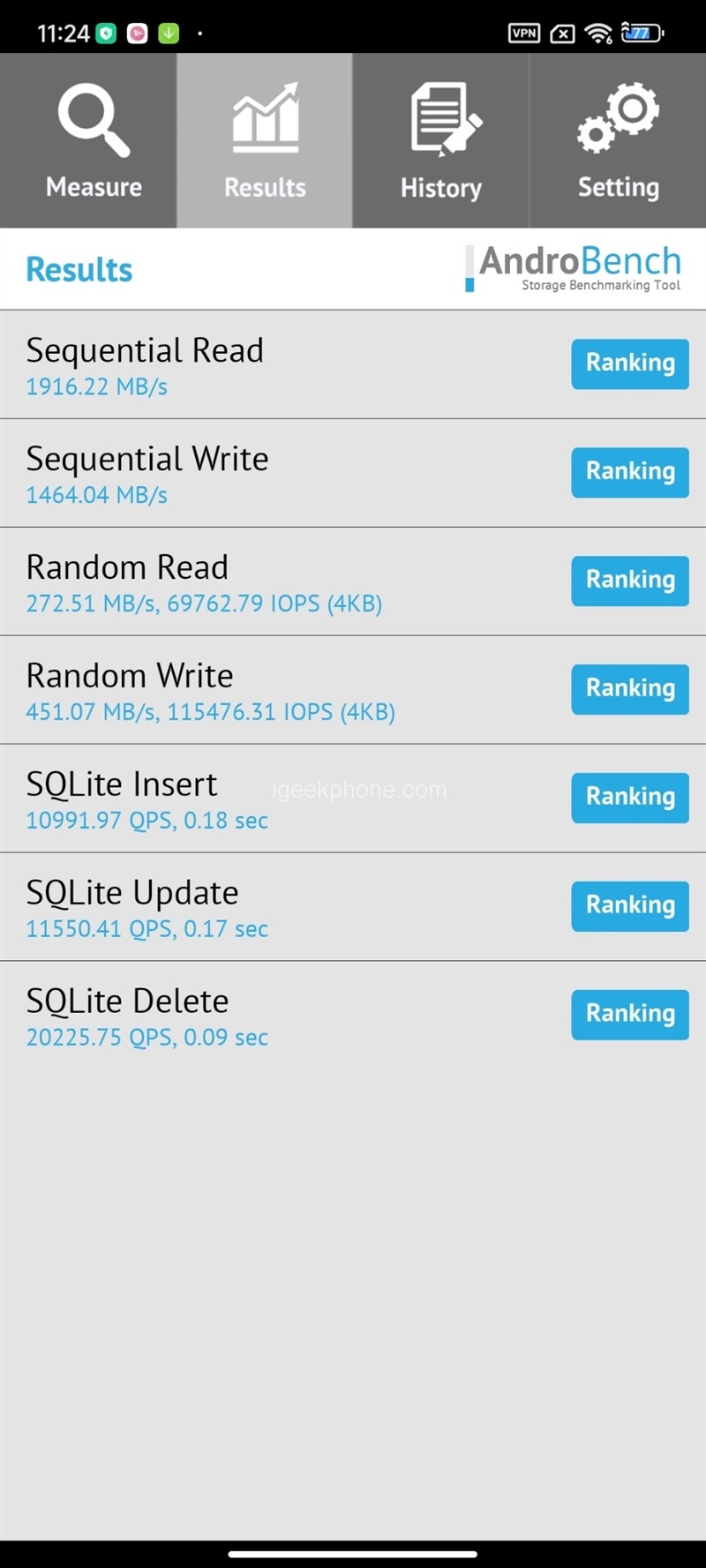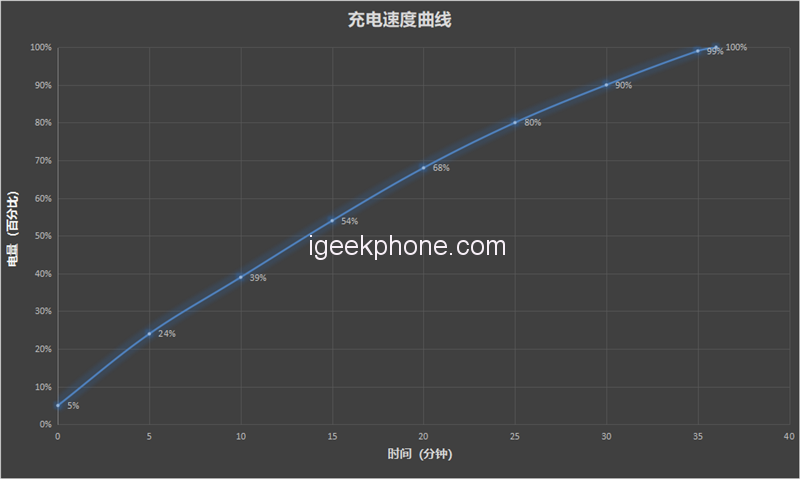One year after the debut of the Mi 11 Ultra, known as the “Light of Android”, Mi fans did not see the Mi 12 Ultra but directly welcomed the Mi 12S Ultra. According to Xiaomi CEO Lei Jun, the next breakthrough in mobile phone imaging technology is the optical lens. The Xiaomi Mi 12S Ultra has also teamed up with Leica for the first time to create SUMMICRON in mobile phone lenses.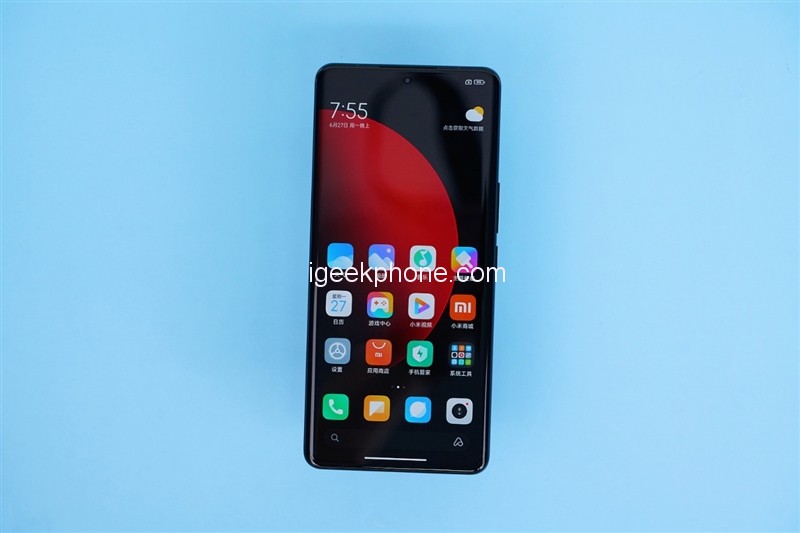
From Xiaomi Mi 10 Ultra to today’s Xiaomi Mi 12S Ultra, it can be seen along the way that Xiaomi has invested more and more in self-developed technology, and the Ultra model has become a test field for Xiaomi’s new imaging technology, vowing to establish a flagship imaging benchmark.
Now, we have received the Xiaomi Mi 12S Ultra from Kuai Technology.
In recent years, the optical lenses used in imaging flagship mobile phones can be divided into three camps: Leica, Carl Zeiss, and Hasselblad. All major manufacturers have cooperated with them for in-depth training, each showing their magical powers, and many mobile phones have become “cameras”.
The Xiaomi Mi 12S Ultra is equipped with Leica professional optical lenses, and at the same time, it brings a Sony IMX989 sensor with a 1-inch outsole for the first time.
At the same time, Xiaomi has also carried out in-depth cooperation with Leica and Sony to open up the entire link in software and hardware, and further bring users an excellent photo experience.
With a good camera, the 6.73-inch Dolby Vision primary color screen is also the icing on the cake. The AMOLED panel made of Samsung E5 uses LTPO technology, 3200×1200 resolution, 1~120Hz intelligent dynamic refresh, native 10bit color depth, and P3 color display, which can truly restore the real effect of the camera.
In addition to the camera and screen, the Xiaomi Mi 12 Ultra also continues the characteristics of extreme stacking. The Snapdragon 8+ processor, 6400Mbps LPDDR5 memory, and UFS 3.1 flash memory form a new generation of flagship three-piece sets. The only regret is that the 67W fast charging speed is slow. point.
Now let’s experience this Xiaomi Mi 12 Ultra. The following picture shows the specific parameters:
Design & Screen
The Mi 12S Ultra we received is a special edition of the media gift box, and the main difference from the retail version is in the packaging. The large gift box contains the mobile phone body and the first layer of leather mobile phone protective leather case. 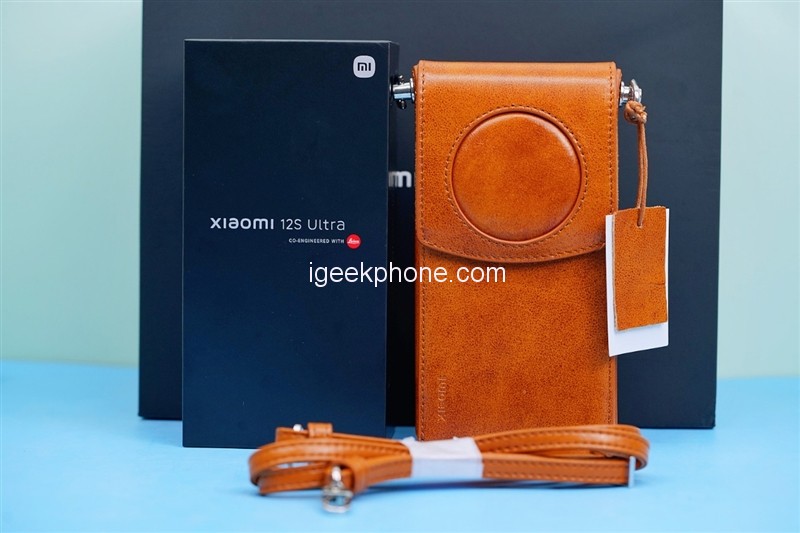
The front of the Xiaomi Mi 12S Ultra mobile phone uses a high-quality 6.73-inch Dolby Vision primary color curved screen, AMOLED LTPO of Samsung E5 luminescent material, a resolution of 3200×1400, 552PPI, and supports 1~120Hz dynamic intelligent refresh.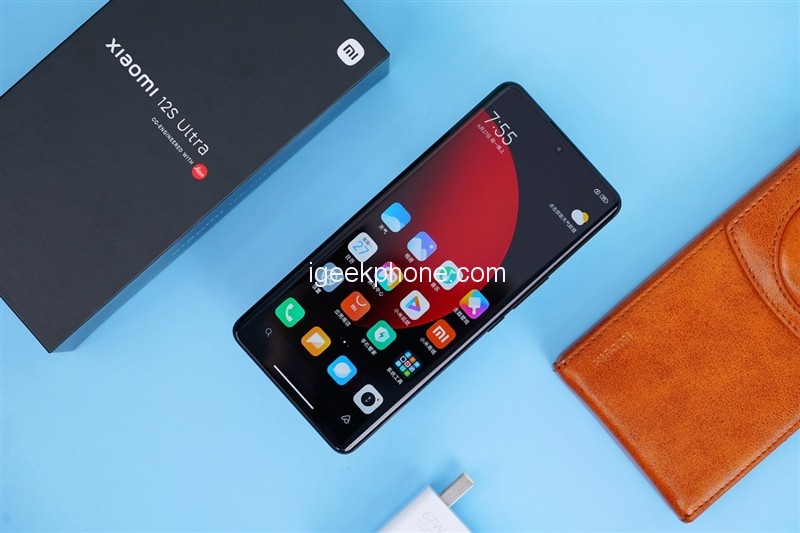
As a top-level screen, it supports native 10bit color depth, P3 color display, local peak brightness up to 1500nit, global brightness up to 1000nit, and supports Dolby Vision and HDR10.
The front and rear dual light sensors can detect the light source and intelligently adjust the screen brightness to avoid the situation that the screen brightness is too bright or too dark in the process of changing the environment.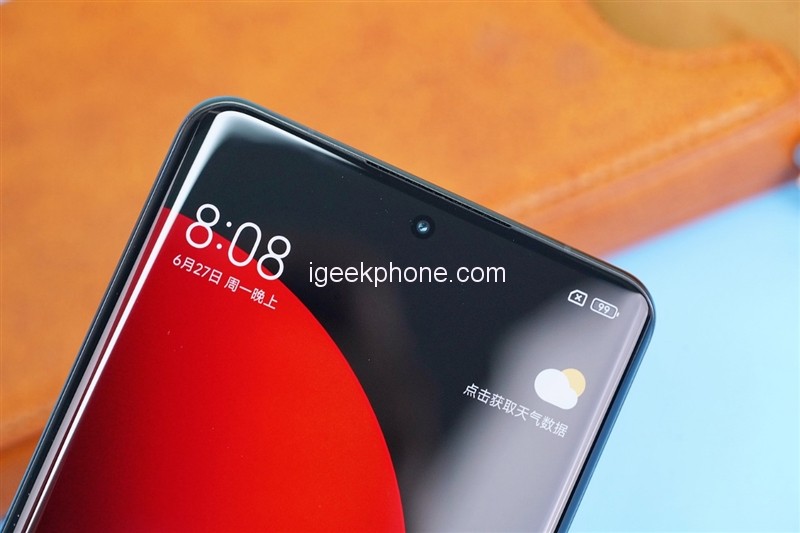
A 32-megapixel RGBW camera is crammed into the center-hole screen. The lens module on the back is more eye-catching because it is equipped with a Leica Summicro 1:1.9~4.1/13-120 ASPH. lens system, which occupies 1/3 of the back area.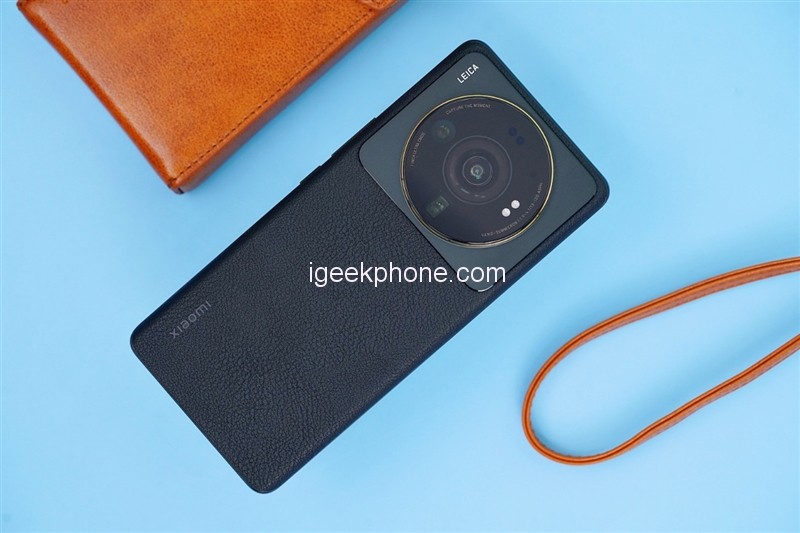
LEICA is printed on the upper left corner of the lens module, highlighting the in-depth cooperation between the 12 Ultra and Leica. The lens on the left is the 50.3-megapixel main camera, which uses a complete 1-inch sensor IMX989. The middle ultra-wide-angle lens and the bottom periscope telephoto lens are both 48-megapixel, 1/2-inch Sony IMX586 sensors.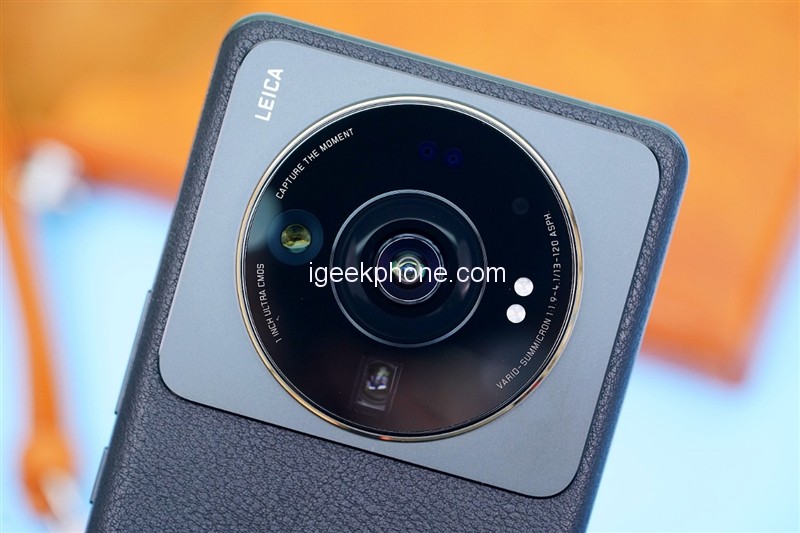
The Mi 12S Ultra is equipped with an imaging system that has in-depth cooperation with Leica, covering 13mm-120mm focal lengths. All three lenses have high resolution, high light transmittance, low dispersion, and low glare. The design of 8 aspherical lenses makes the lens module of the Xiaomi Mi 12S Ultra the largest ever in the Xiaomi family.
The configuration of the Xiaomi Mi 12S Ultra “super cup” makes the whole machine weigh 225g, and the size also reaches 163.17×74.92×9.06mm, which is not very friendly to users with small hands.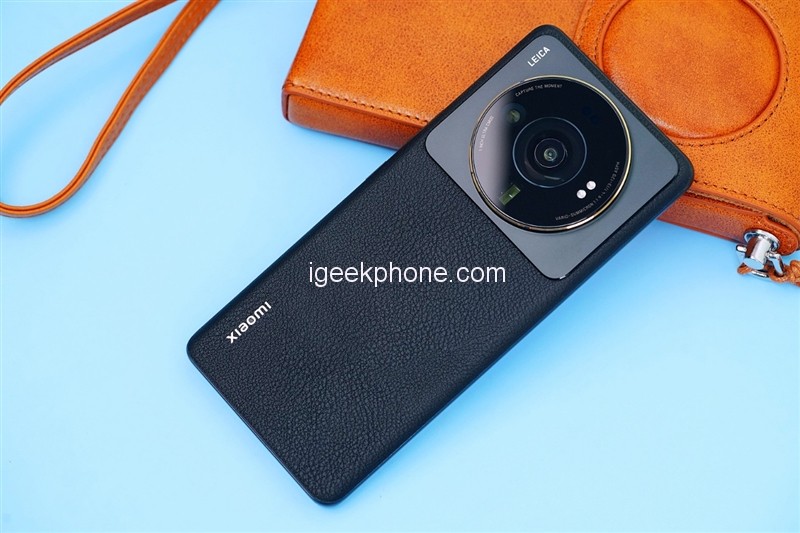
The back material of Xiaomi Mi 12S Ultra is made of calfskin grain silicone leather, which has yellowing resistance, twist resistance, no peculiar smell, hydrolysis resistance, high and low-temperature resistance, heat aging resistance, and is easy to clean. It is an environmentally friendly zero Contaminated synthetic leather material that is also used by many high-end products.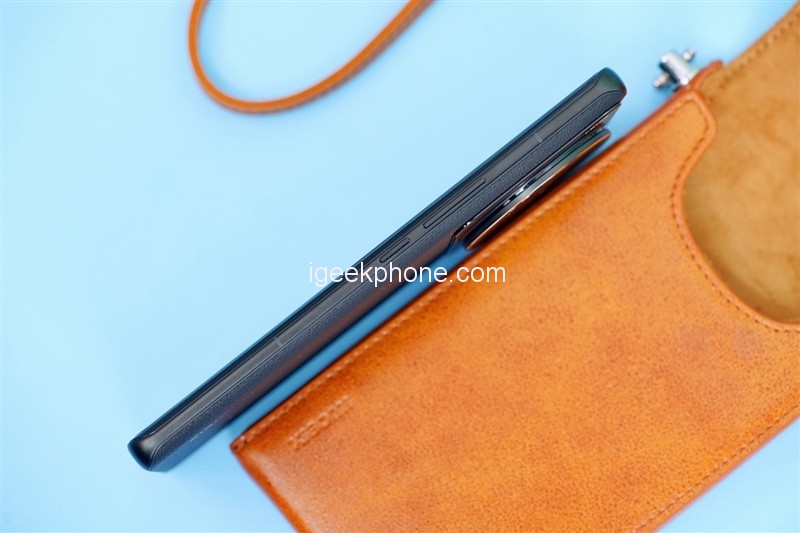
Xiaomi Mi 12S Ultra is equipped with symmetrical stereo speakers, which have passed the Harman Kardon certification and also support Dolby Atmos.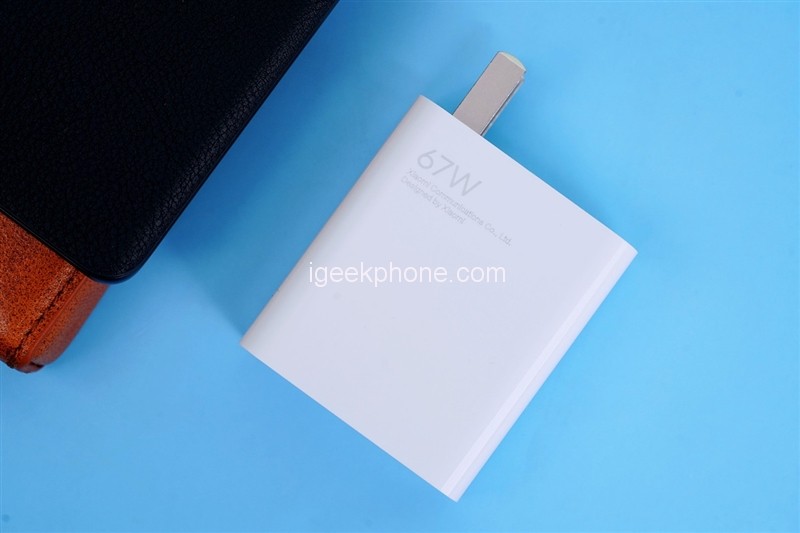
The mobile phone protective case included in the big gift box has the same surface material as the back of the Xiaomi Mi 12 Ultra, and also uses calfskin grain silicone leather.
Cameras
The Leica Summicro 1:1.9~4.1/13-120 ASPH. The lens system on the Xiaomi Mi 12S Ultra is a Leica professional optical lens. Simply put, it is the combination of optical lens + sensor, plus the in-depth combination of software and hardware, which can be called a “Lens System”.
The lens system of the Xiaomi Mi 12S Ultra covers the full focal length of 13mm-120mm, bringing more possibilities for shooting.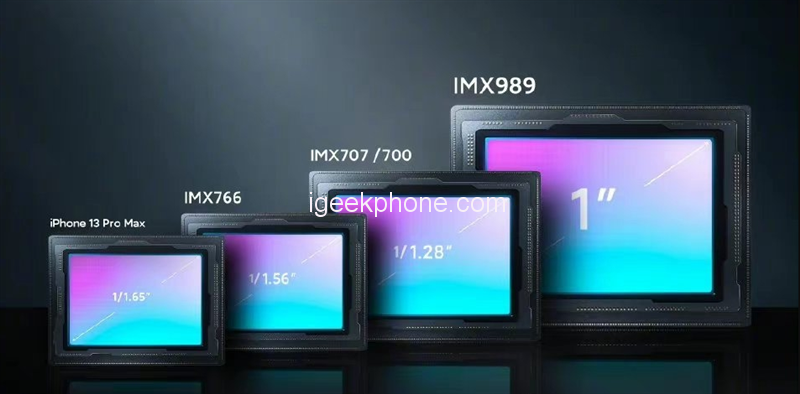
One of the key points of the Xiaomi Mi 12S Ultra is the “image super flagship”. It is equipped with a Sony IMX989 sensor. This 1-inch sensor is also the largest ever on a mobile phone. Xiaomi Mi 12S has increased by 67%.
In terms of specifications, the Quad-Bayer pixel array, also known to the public, is four pixels in one, and the fusion pixel has reached an unprecedented 3.2μm.
Coupled with a 48-megapixel 1/2-inch ultra-wide-angle lens and a periscope telephoto lens, a three-camera solution is formed. Even the IMX586 sensor used on most mobile phones has given way to a sub-camera here.
The Sony IMX989 sensor with a 1-inch outsole of the Xiaomi Mi 12 Ultra takes advantage of the “big bottom and crushes people”. We all know that the larger the sensor size, the larger the photosensitive area, the better the photosensitive performance, and the better the imaging effect. the better.
Xiaomi CEO Lei Jun also said that this 1-inch model has not been cut in any way, and it is the ceiling of the current mobile phone imaging hardware.
Xiaomi Mi 12S Ultra is also equipped with a Leica professional optical lens, which makes the picture purer and the imaging latitude higher, which is invincible in terms of impact experience.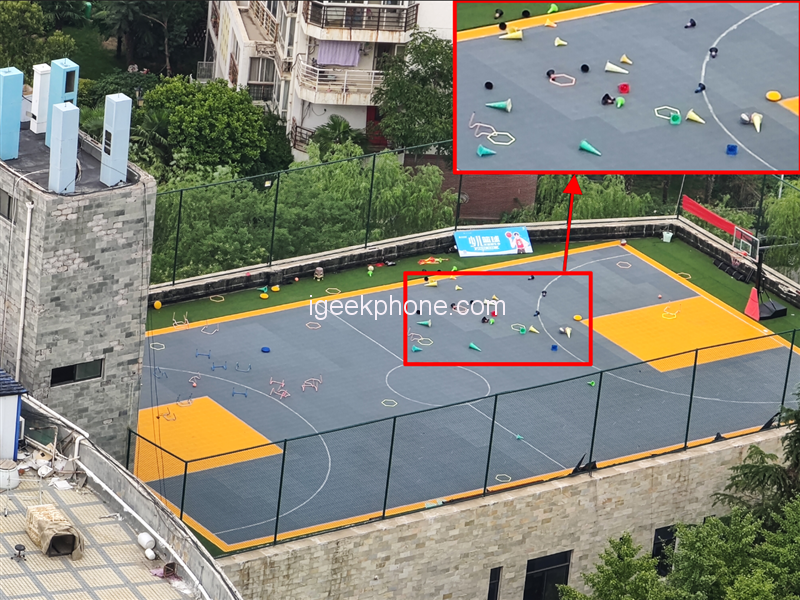
The Mi 12S Ultra uses a full-lens double-sided ultra-low-reflection coating that can be applied edge by edge. A new type of cycloolefin material is also added, with reflectivity as low as 0.2% and light transmittance as high as 93%, which can reduce glare and eliminate purple fringing.
For users who often shoot, in various environments, purple fringing often appears on the edge of objects. The reason for this problem is related to the dispersion of the camera lens and the signal processing algorithm inside the camera. Even SLRs are unavoidable.
The Leica optical lens on the Mi 12S Ultra has an additional cycloolefin material, which makes it useful for ultraviolet light absorption, which greatly reduces the probability of purple fringing and makes the picture purer.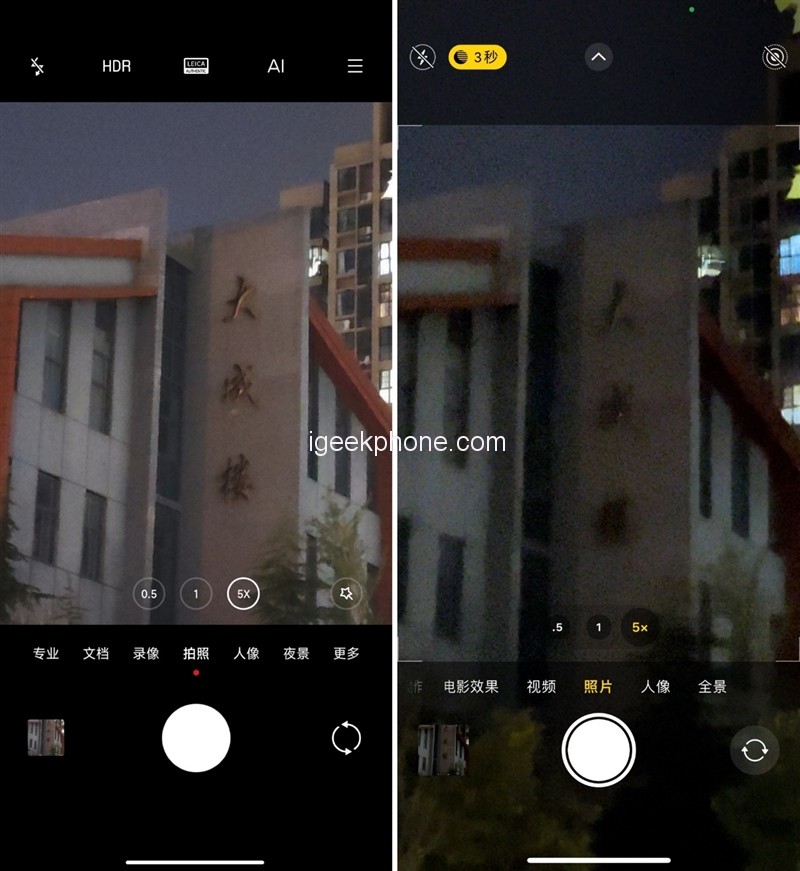
In contrast, in a low-light environment and with a zoom of 5x, the iPhone has increased the exposure, resulting in too much noise in the preview frame, and the picture loses most of the details.
On the other hand, in the Xiaomi Mi 12S Ultra, the 1-inch main camera IMX989 sensor exerts a super photosensitive ability, which is much better than the opponent in low-light environments and preserves the details of the photographed object to the greatest extent.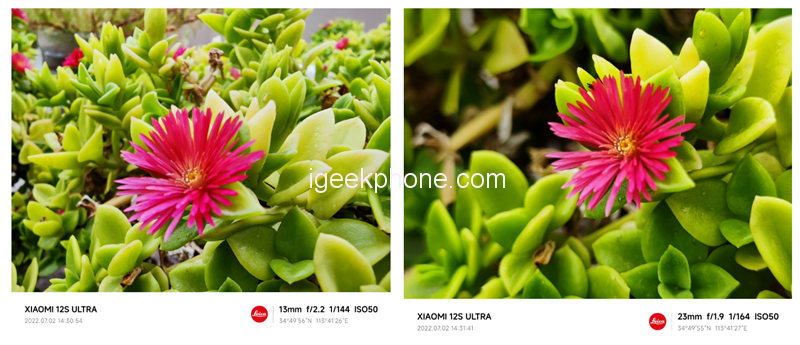
Compared with the super wide-angle and the main camera, the imaging effect also maintains a very high level, and the color, white balance, and picture purity are very similar.
In addition, the ultra-wide-angle and the main camera can also take into account the macro. Although the office does not introduce it, the author has experienced that it can easily shoot when the distance from the object is 5~15cm.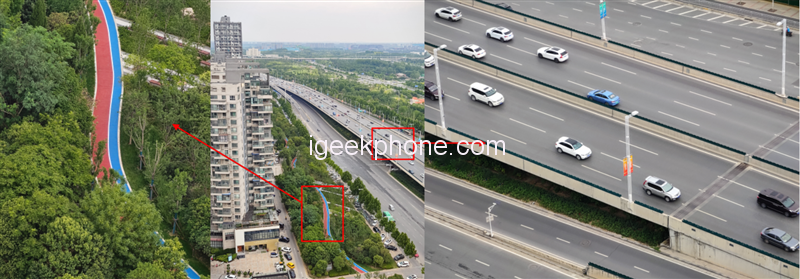
The telephoto lens supports 120x zoom. The middle of the above picture is the 2x main camera sample, and the left and right sides are the parts of the telephoto shot. Using a telephoto lens allows users to have more flexibility in framing, and can easily take textured photos.
Leica image quality and filter analysis
The Mi 12S Ultra provides Leica native dual image quality, Leica Vivid, and Leica Classic, respectively. There are also four Leica Vivid, Leica Natural, Leica Monochrome, and Leica Black and White HC options on the filter.
These two image qualities are mainly slightly different in tone and texture, and users can also choose according to the subject. Leica is vivid, brighter, and more transparent, and Leica Classic makes the picture more natural and realistic.
The above samples were taken in Leica Vivid mode, from left to right, Native, Leica Vivid, and Leica Natural.
The main difference between these three modes is the difference in color saturation and brightness. Native and Leica Vivid are closer in style (not fixed, and different picture styles may occur depending on the object), while Leica’s natural color saturation is slightly lighter. Some.
From left to right are Leica Monochrome and Leica Black and White HC. You can carefully watch the red frame of the proofs. The main Leica Black and White HC filters will be slightly higher in brightness, contrast, and sharpening.
PS: The original proof is very obvious on the Xiaomi Mi 12S Ultra combined with a high-quality screen. If you have the conditions, you must go offline and experience them carefully.
Cameras
Let’s take a look at the proofs taken by Xiaomi Mi 12S Ultra.
PS: The following sample watermarks are different. The “Leica Custom Watermark” will show the lens and geographic location used for shooting at the bottom of the sample, and it will only take effect in the photo/professional mode; the “Model Watermark” will be on the screen.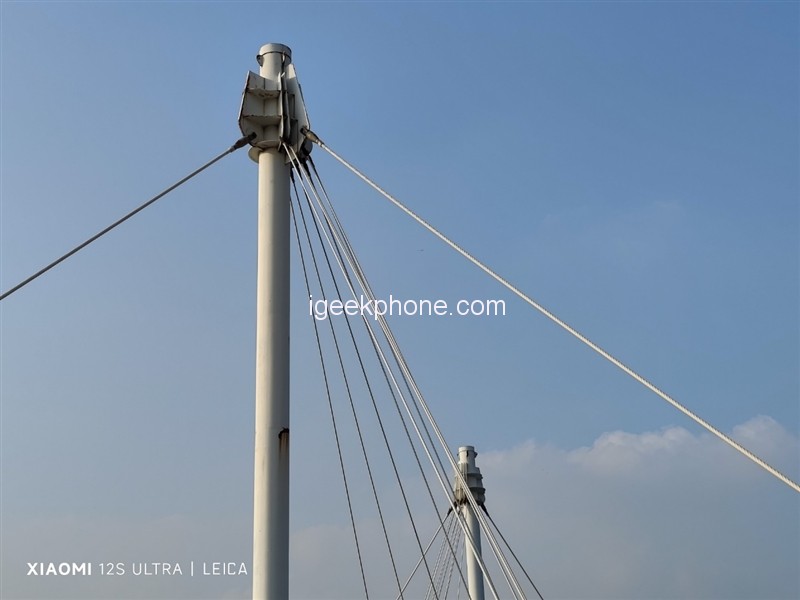
I dare not say that the imaging effect of Xiaomi Mi 12S Ultra can be comparable to or even kill SLRs in seconds, but it does restore what you see, basically in line with the high resolution, high transmittance, low dispersion, and low glare performance advertised by Xiaomi Mi 12 Ultra.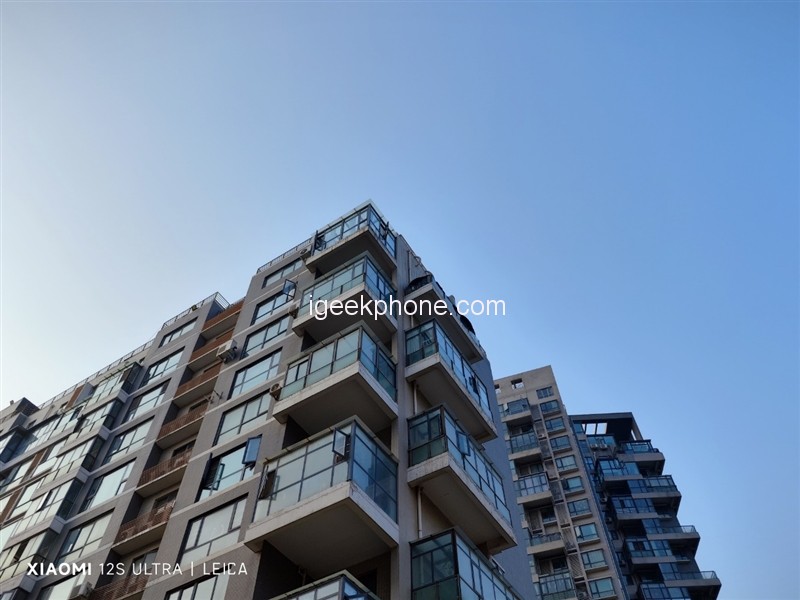
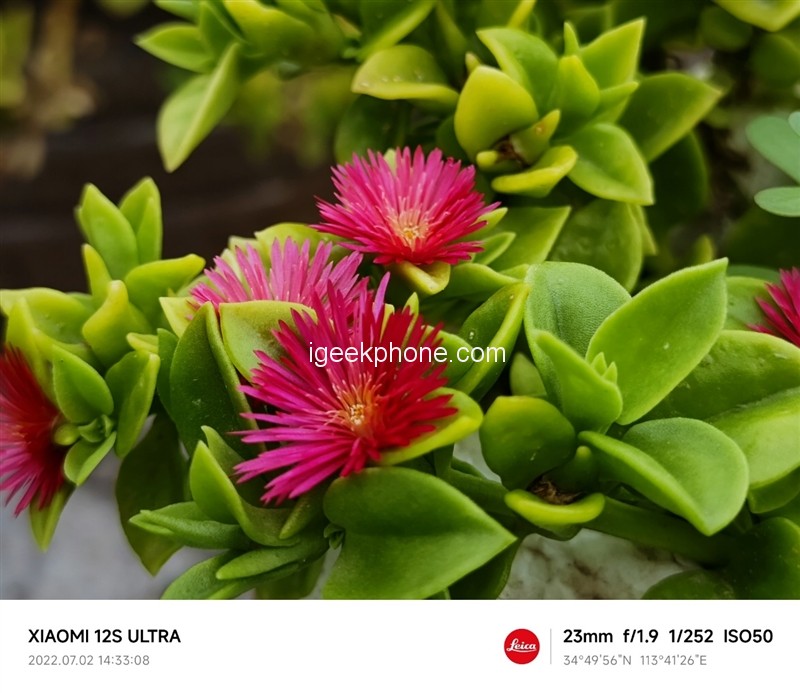
Thanks to the blessing of the 1-inch IMX989 outsole sensor, the blurring effect is more natural in the close-up, and more details can be recorded in the long range. Not to mention the scene, it is a relatively good existence in mobile phones.
Especially in the night shooting proofs, the power of the 1-inch sensor can be exerted, and direct shooting can be achieved in seconds without waiting.
For some users, although the native 4:3 format is smaller than 16:9, it is more convenient for composition. It can cut off the excessively large blank areas on the left and right sides, making the picture more compact and highlighting the subject. 16:9 or 4:3 which is better will not go into details here, users can set it according to their own shooting needs.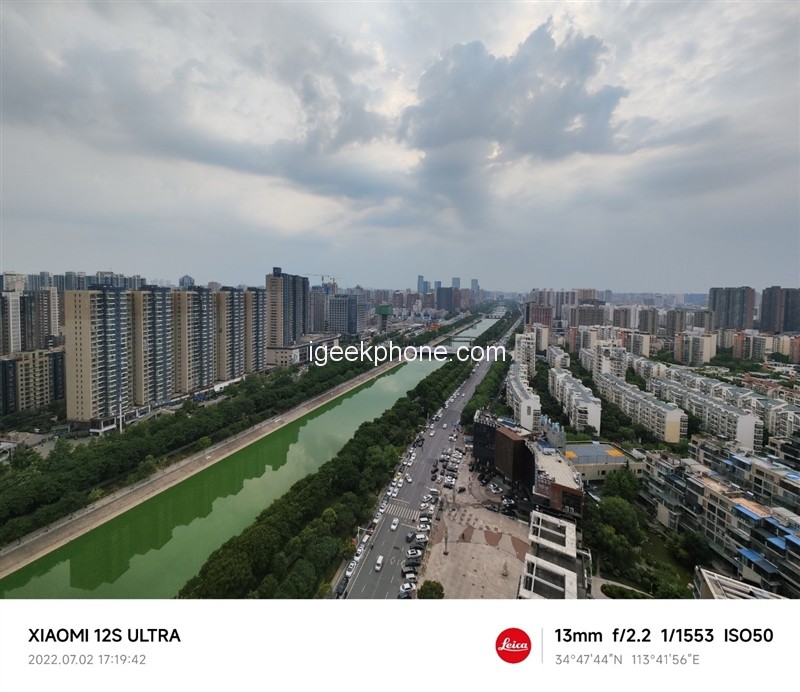
When using the 4:3 format, in addition to showing the tension of the building, it also avoids the problem of too obvious distortion at the edge of the picture.
At the same time, this 48-megapixel ultra-wide-angle lens can also be used as a macro lens in disguise, and it also maintains extremely high resolution and pure color performance with the main camera.
Ordinary users may think that the telephoto lens will only be used when shooting birds or especially distant objects. The Xiaomi Mi 12S Ultra will use the telephoto lens at 5x zoom, and the maximum zoom can be up to 120x.
Thanks to the optimization of Xiaomi Mi 12S Ultra, it can maximize the ability of this 48 million telephoto lens, and there will be no problems such as blur caused by jitter when shooting, allowing users to frame more flexibly and easy to shoot Get textured photos.
Black and white 35mm f/1.4 is also the best choice for a humanistic lens. It is very practical to shoot some documentary themes, landscapes, as well as humanities and still lifes, so it is also known as the easiest focal length to produce.
Coupled with the texture of the black and white film, you can create a street style of the last century.
The 50mm f/0.95 large aperture has an amazingly shallow depth of field. When shooting portraits at night, it can turn the background light into a flare, but highlight the main part of the subject.
The soft-focus 90mm f.22 is also the main hazy feeling of the hazy god lens, and it is also the first time that Xiaomi has implemented it digitally.
For taking pictures, Xiaomi Mi 12S Ultra also provides long-exposure gameplay. After entering the corresponding function interface through the camera, you can choose “Walking through the crowd”, “Neon night”, “Clouds and flowing water”, “Creative light painting”, “Bright starry sky” “, “Romantic Star Trail” with five different long exposure options.
Next, the author will try the effects of “shuttle crowd” and “neon night”.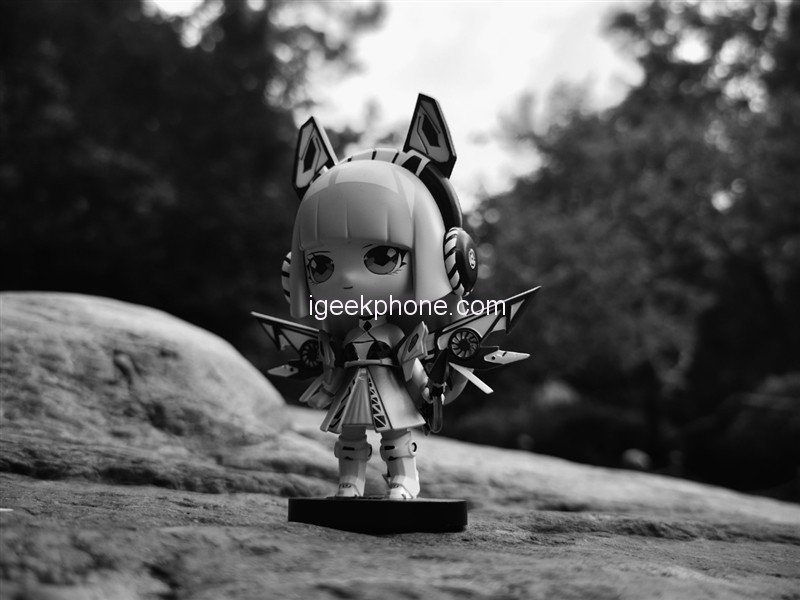
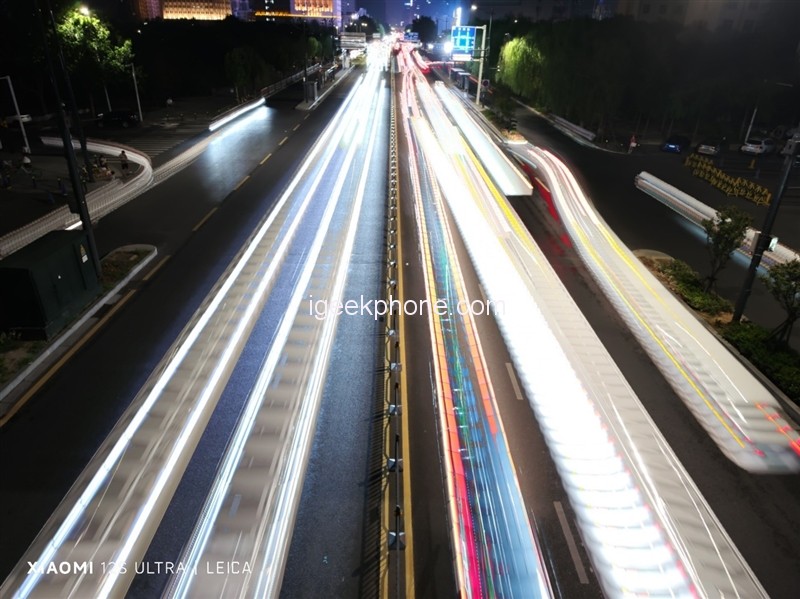
For users who like to play with long exposures, these modes bring more creative possibilities to them. The effects that can only be achieved by the camera can be easily achieved on the Mi 12 Ultra. Just select the corresponding mode and press Press the shutter to complete.
Performance
This chip adopts TSMC’s 4nm process technology, and the maximum frequency of the CPU’s Cortex-X2 super core has been increased to 3.2GHz.
Compared with the Snapdragon 8, the new Snapdragon 8+ is based on the new TSMC 4nm process technology, the core area is reduced by 21%, and both the CPU and GPU have achieved a 10% performance improvement and a 30% energy efficiency improvement.
AnTuTu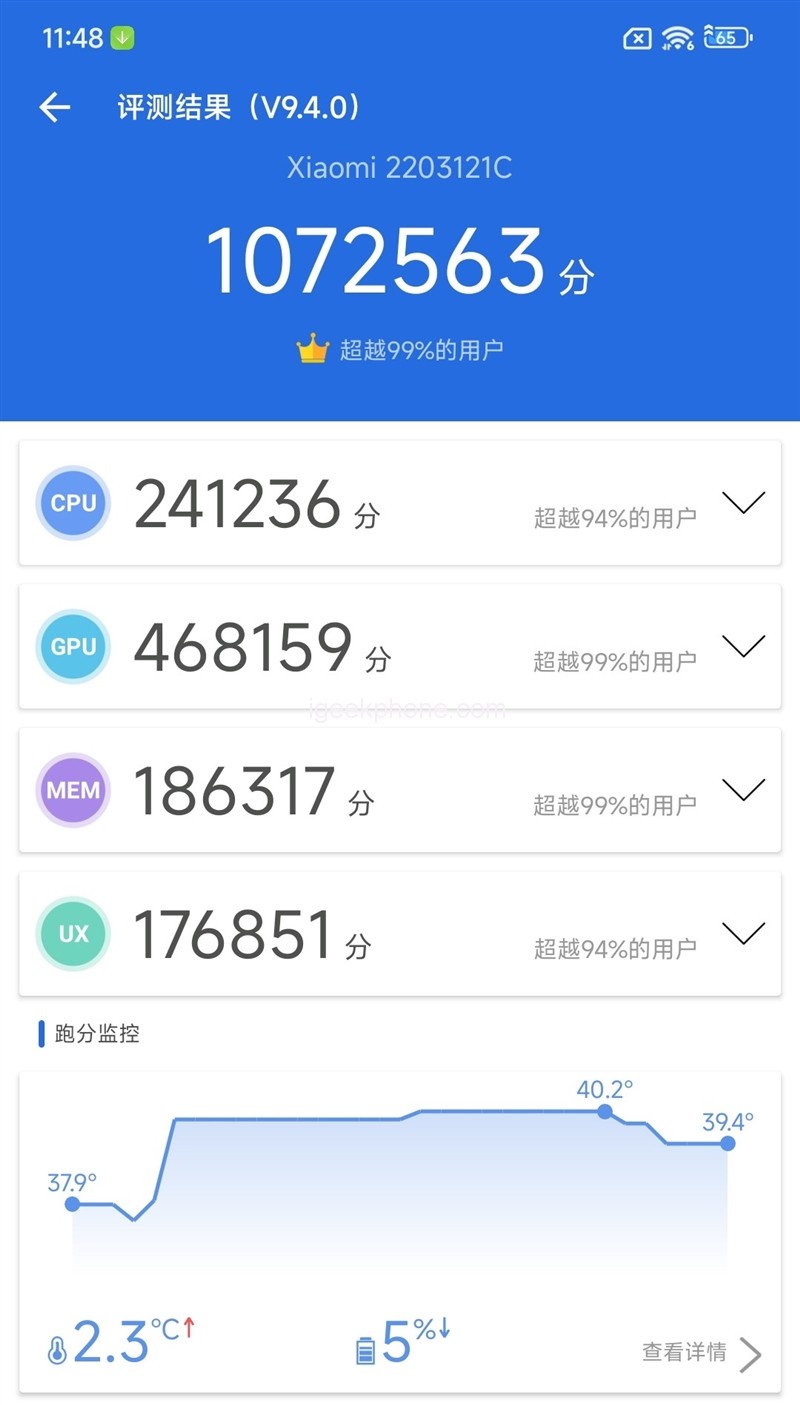
AnTuTu achieved a score of 1,072,563 points, surpassing nearly 99% of users. This score also belongs to the top flagship level.
Among them, the CPU score is 241236 points, the GPU score is 468159 points, the memory score is 186317 points, and the UX score is 176851 points.
GeekBench 5
In GeekBench 5, the Snapdragon 8+ scored 1331 in single-core and 4172 in multi-core.
Through the comparison of the Soc rankings of fast technology mobile phones, this generation of Snapdragon 8+ has improved by 7.5% and 8.7% in single-core and multi-core respectively, and the multi-core and Apple A14 scores are comparable.
GFXBench
In terms of graphics, compared with the Xiaolong 8 in our mobile phone SoCial ranking, the Snapdragon 8+ mainly leads by about 1.4~4% in the three sub-projects of Ruined OpenGL, Racing Chasing, and Tyrannosaurus Rex, and the other sub-projects are flat.
In terms of graphics, it is also Qualcomm’s forte, and its performance is better than that of the Dimensity 9000 in all aspects. %, 17.4%, 9.4%, 6%, 9.4%.
AndroBench
In terms of flash memory, Xiaomi Ultra uses UFS 3.1, which reads 1.9GB/s sequentially and writes 1.5GB/s sequentially, which is the flagship level.
In addition, Xiaomi has also added a hardware-level fragmentation technology (File-based Optimization) to the 12S Ultra, which can avoid the performance degradation of the mobile phone after long-term use, and can also protect the life of the flash memory particles and extend the life of the mobile phone.
To “squeeze out” the performance and heat dissipation of Xiaomi Mi 12 Ultra to the greatest extent, we brought out “Yuanshen”, which has high requirements for mobile phone hardware, and is also a game frequently used by Kuai Technology. What is the training level of big mobile phone manufacturers for mobile phones?
Game Test
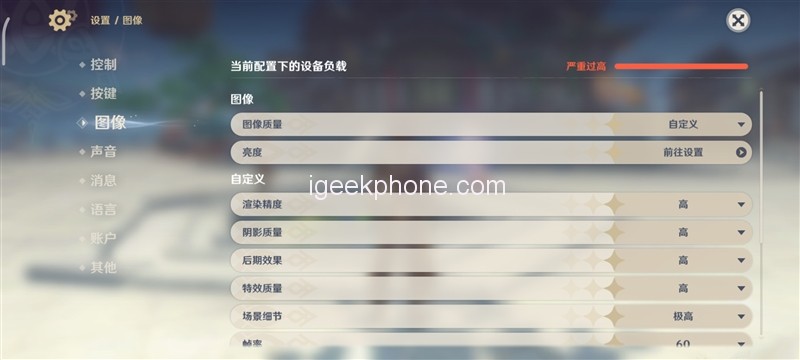
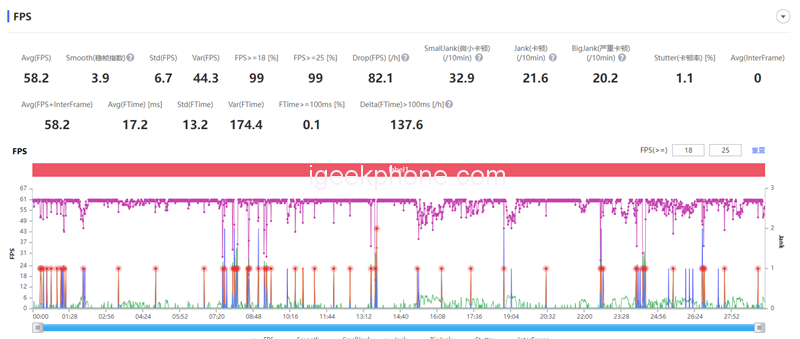
In the game, the author will randomly fight monsters and run pictures to test the performance of this Xiaomi Mi 12S Ultra.
In Genshin Impact, we changed the image quality to very high, the frame rate to 60 frames, and the motion blur to very high.
From our monitoring of the frame rate of Xiaomi Mi 12S Ultra, the frame rate of the battle scene with many monsters fluctuates slightly. In other scenes, it can maintain a full-frame. After 30 minutes of game testing, the average frame rate can reach 58.2 frames.
There are not only models on the market that can run 60 FPS stably, but they must be equipped with a cooling back clip to stabilize the game frame rate, and the Mi 12S Ultra can have such a performance without auxiliary cooling tools, which is excellent.
The power consumption of this new generation of Snapdragon 8+ has been improved. The average power consumption in Yuanshen is about 5.46W, which is much better than that of the Snapdragon 8, which is as high as 8~10W.
Temperature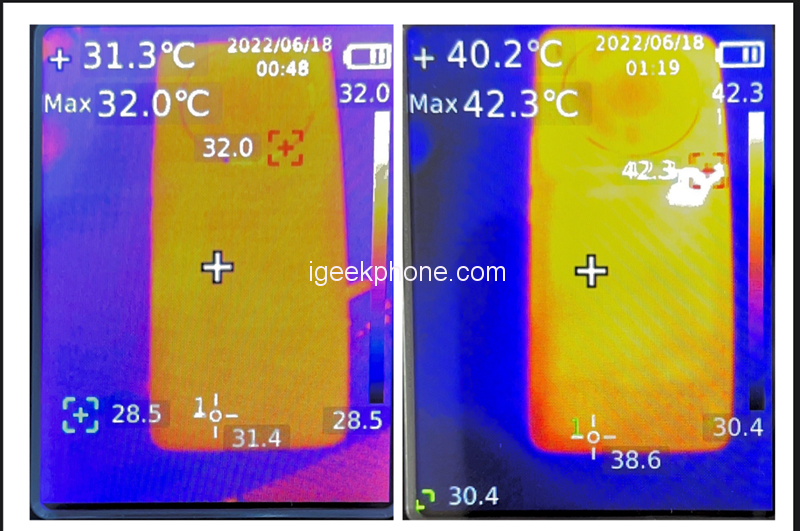
During the test, we also monitored the CPU temperature and the body temperature. When the game was not turned on, the maximum temperature of the back of the Xiaomi Mi 12S Ultra was 32°C. After playing the game for 20 minutes, the maximum temperature of the back of the body rose. to 42.3°C.
Judging from the number of frames in “Yuan Shen”, this performance is enough to show that the self-developed cooling system of Xiaomi 12S Ultra, the Ye-pulse cold pump cooling system, is excellent.
According to Xiaomi, this heat dissipation method refers to the way that plant leaf veins absorb water, which greatly improves the efficiency of vapor-liquid circulation, making the thermal conductivity 100% higher than that of VC, and can maximize the peak performance of the Snapdragon 8+.
Battery
The built-in battery capacity of the Xiaomi Mi 12S Ultra is 4860 mAh. It is also a second-generation silicon-oxygen negative electrode battery. Nano-scale lithium-rich silicon-oxygen material is added to the negative electrode. Compared with the battery on the market, the capacity can be increased under the same volume. 110mAh, which brings 10 times the lithium-ion storage capacity of traditional lithium batteries, and is also used by new energy electric vehicles on the market.
While developing the Pengpai P1 fast charging chip, it also brought a new self-developed chip – the Pengpai G1 power management chip.
It can be said that these two technologies integrate mobile phone and electric vehicle product design ideas, which are not only safer but also provide accurate charging and actual use time prediction.
These can help the Xiaomi 12S series to achieve more intelligent discharge management, rational use of mobile phone power, and bring more lasting long battery life.
Charging test
In terms of charging, Xiaomi Mi 12S Ultra supports 67W wired surging second charging, 50W wireless surging second charging, and 10W wireless reverse charging.
Here we test the 67W wired surging wired second charge.
Starting from 5% charging, it is close to 40% in 10 minutes, 80% in 25 minutes, and it takes 36 minutes to fully charge.
Battery life test
For the battery life, we use the professional battery life test tool – the battery dog produced by Kuai Technology to test.
For the test items, we choose the limit battery endurance test, check all the test items including CPU high voltage, CPU multi-threading, AI recognition, picture browsing, video playback, and web browsing, simulate user usage scenarios, and restore the real load to the greatest extent. Infinitely close to the real power consumption.
We set the manual to 70% brightness, the resolution is FHD+, and the refresh rate is intelligently switched.
From 100% power measurement to shutdown, the hardware dog gave a battery life result of 8 hours and 53 minutes, which is about 1 hour to 1.5 hours more than the average Snapdragon 8 model, which is commendable.
Read Also: RedmiBook Pro 14 2022 Review: Performance Increased By 45%
Verdict
After Xiaomi MIX pioneered the era of full screen, Xiaomi 12S Ultra can be said to have once again “exploded”, offering a very luxurious image feast, and it can even be said to be a milestone in the history of mobile phone imaging.
As an imaging flagship, Xiaomi Mi 12S Ultra is very radical in its overall design. The 1-inch outsole sensor of IMX989 alone is enough to dwarf all mobile phones. It also adds Leica optical lenses, Leica dual image quality, and Leica filters. It is an exaggeration to put a professional camera into a mobile phone.
It is precise because of the in-depth cooperation with Leica that Xiaomi can use the 12 Ultra at the full focal length of 13mm-120mm, and it is no problem to shoot various styles of architecture, people, landscapes, and night scenes. This also allows us to see Leica Imaging the power of the system.
The performance of the three lenses and the imaging effect are also very satisfactory, pure color, better resolution, and higher latitude bring a clearer picture so that users are no longer limited by the size of the mobile phone when taking pictures. , which brings more possibilities to the video experience.
In terms of performance, the performance is not too much. The first Snapdragon 8+ was launched. Compared with the actual measurement, the performance of the Snapdragon 8 not only improved significantly but also basically met the advertised energy consumption ratio of a 30% reduction. It is much better to be as high as 8~10W at every turn.
The reduced power consumption can effectively control the heat, and can also make the battery life longer and the performance more stable. After playing in “Genshin Impact” for half an hour, the measured body is only 42 degrees Celsius at the highest, and it can stabilize 58.2 frames at the same time. In this hot summer, You can also play with peace of mind.
In addition, Xiaomi Mi 12S Ultra uses the self-developed Surging P1 fast charging chip + Surging G1 power management chip. The 67W Surging fast charging can be fully charged in only 36 minutes, and the built-in 4860 mAh second-generation silicon oxide negative electrode battery life has reached nearly 9 hours, which is 1 hour to 1 hour and a half more than the Snapdragon 8.
In other respects, Samsung E5 LTPO’s 2K primary color screen, Dolby Vision, Dolby Atmos, X-axis linear motor, etc. are all at the top flagship level.
If you are a deep lover of mobile phone photography, want to pursue a professional Leica style, and have the ultimate pursuit of mobile phone performance, then this Xiaomi Mi 12S Ultra, full of images, performance, and experience, will be your “dream” Central Intelligence Machine”.
Do not forget to follow us on our Facebook group and page to keep you always aware of the latest advances, News, Updates, review, and giveaway on smartphones, tablets, gadgets, and more from the technology world of the future.

.jpg)








